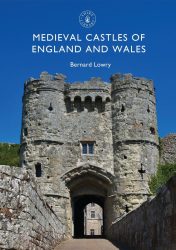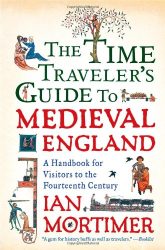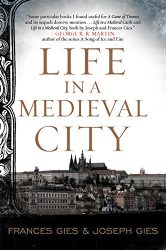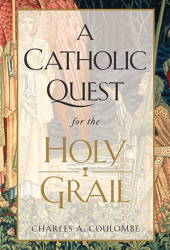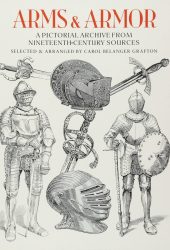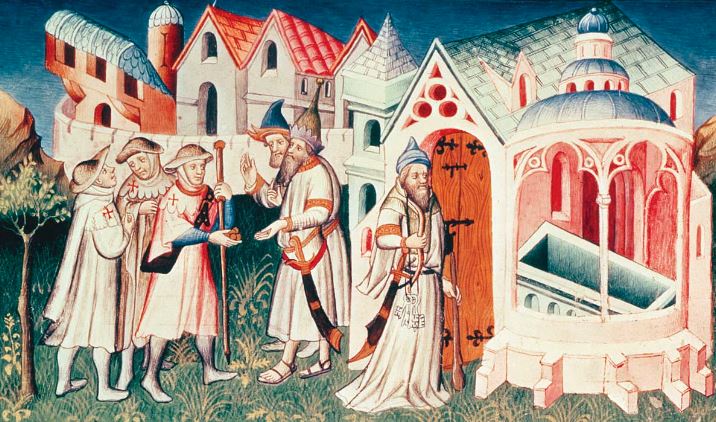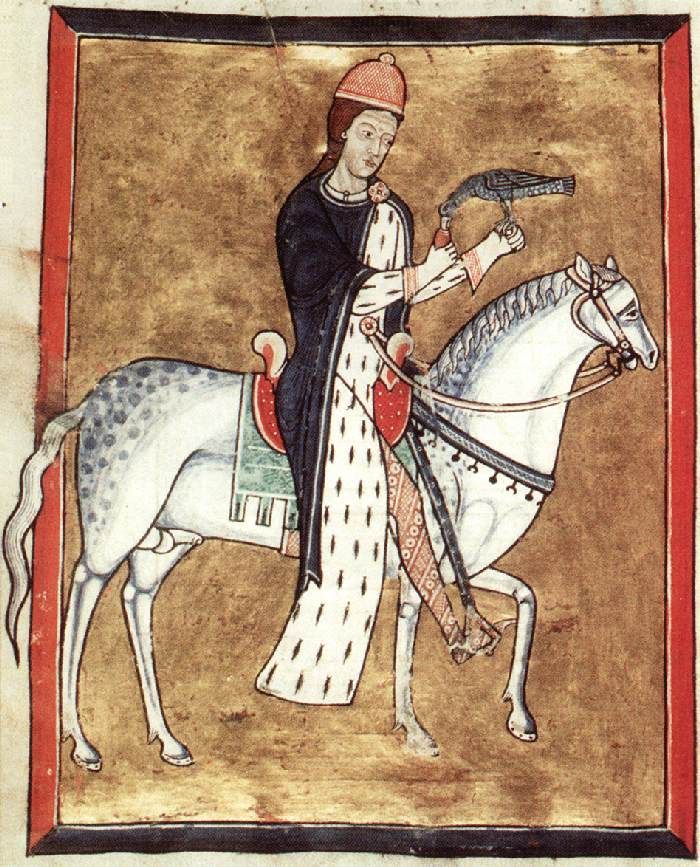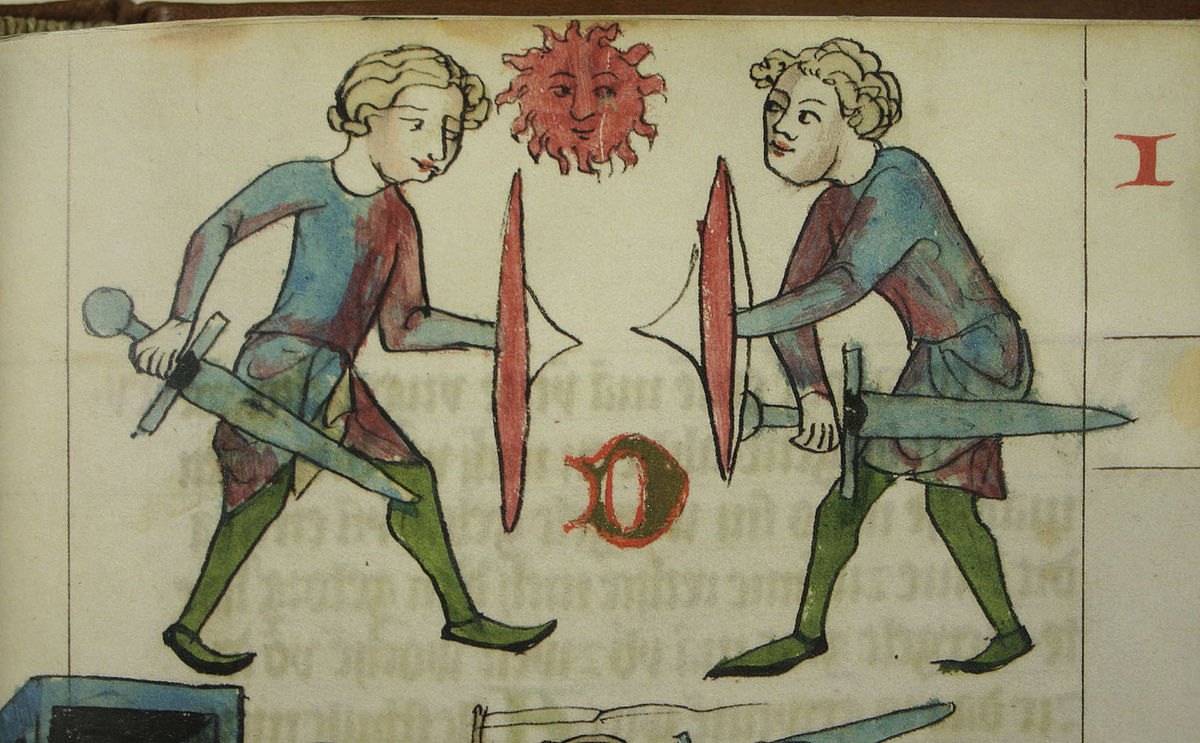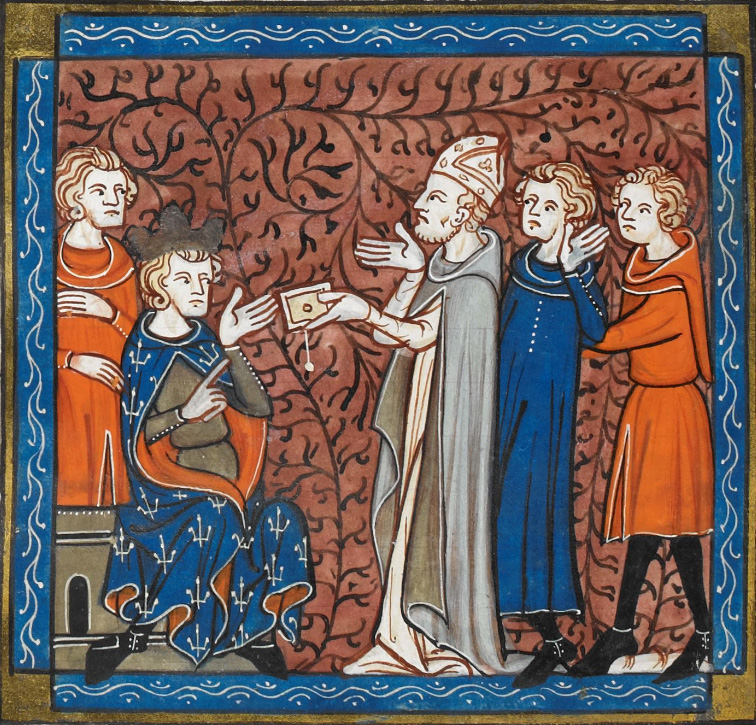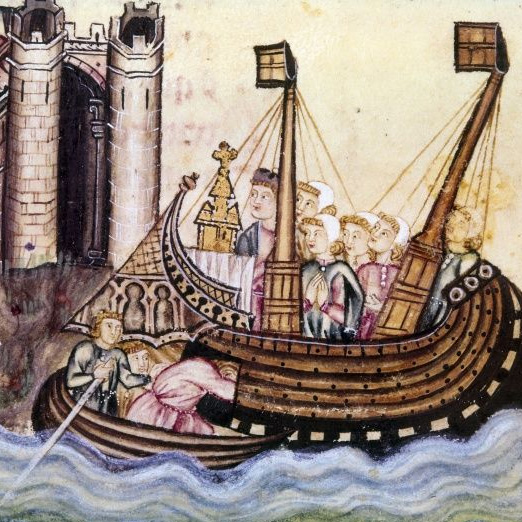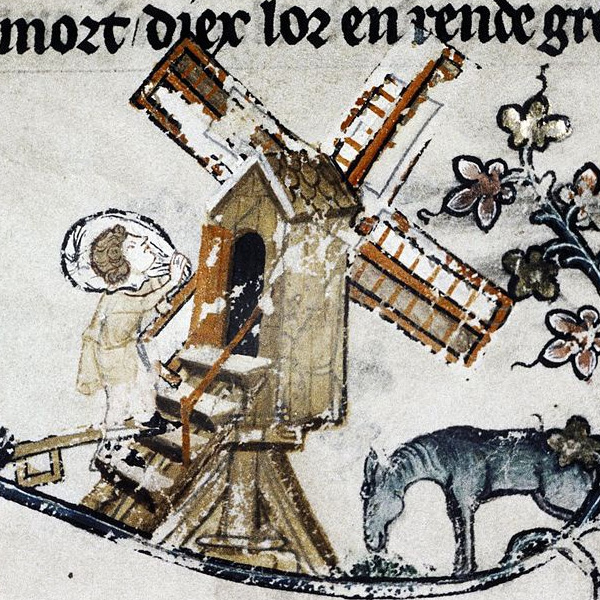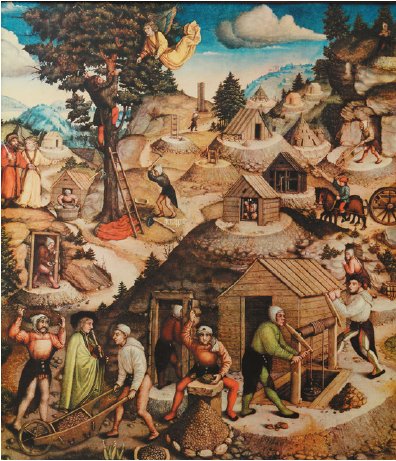What did medieval horses eat? Where did they live? And how were they classified and measured in the middle ages? Find out in this article!
All medieval English kings had their own stables. Their horses could be used by their immediate household and themselves. Keeping horses in prime condition was vital to the economy of a middle Ages household. Horses were so important that the quality of the stables was sometimes even better than that of other farm buildings.
Let’s explore what it was like to own -or to be- a horse in medieval times.
The Horse in History
The world’s oldest stables can be found in Egypt, and are believed to have been established by Ramses II (1304-1237 BC). Ramses bred his horses for war, hunting and recreation. His stables could apparently house some 480 horses at a time.
Horses were also a large part of the Roman empire. Their battle tactics usually placed the infantry in the centre and the cavalry on the wings. The use of horses allowed the Roman armies to move faster and more efficiently, as well as to scout enemy territory and send urgent messages. Chariot racing was also big in ancient Rome. The Circus Maximus, an oval stadium that can be visited today, is believed to have dominated the city around the 5th Century BCE. In fact, horses were so precious in Rome, stables were sometimes made of beautiful marble.
Medieval horses, along with donkeys and mules, were relied on for war, transportation, agriculture, and recreation. Unlike modern times, horses in the Middle Ages were classified by their use.
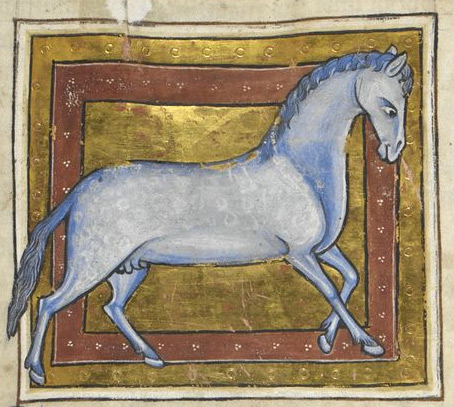
The Medieval Horse
The King’s Horses
In the Middle Ages, horses were essential for transporting goods and people by land. They were also among a King’s most valued possessions.
The King’s horses were looked after by an official called the Master of the King’s Horse – usually coming from a gentry family. If he was absent, the king’s horses would be looked after by grooms and lesser household officials.
Caring for a Horse
Horses were highly prized and required a lot of care. And a lot of food. In winter, horses were given half a bushel of oats (32lbs) every day, in addition to three loaves of horse bread.
In most great houses, the marshal was in charge of all matters relating to horses. This included managing the stables hiring grooms, arranging for the fodder, and assisting in buying and breeding horses. The constable (count of the stable) kept order in the stables and yard. The specialist in animal hoof care was the farrier. Other horse-related jobs included courses, dealers, traders, hockneymen, and tinkers.
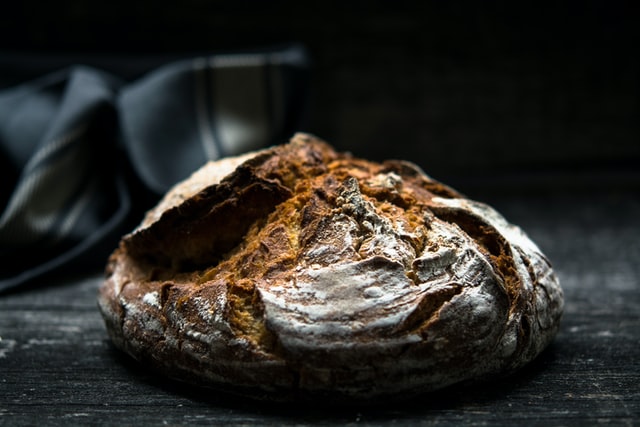
Horse Bread
Horse bread was one of the cheapest breads available. It was made from legumes and bran, as well as oats, maize, and seeds like ground acorns. Horse bread was allegedly fit only for horses to eat, however, it sustained many people in times of famine. More about Medieval Bakers and Bread >
Learn more: Life of a Medieval Groom
Horse Technology
Roman horses didn’t wear horseshoes but hippposandals, or metal boots of the hoof. Horseshoes only became commonly used in Europe around the 11th Century, when they are first listed as “crescent figured iron with nails” in a written record.
Stirrups were used in China in the 5th Century and were adopted in Europe in the 8th Century. When standing on them, riders could shoot arrows and swing swords more accurately and with more power.
Saddles were initially just leather pillows strapped on the horse. Romans, however, knew that distributing the weight in three parts helped the horses’ spine. The medieval saddles thus changed to accommodate the weight of armoured knights, becoming higher in the front and back. In order to liberate knights’ hands, spurs were introduced to control the mount with the legs and feet.
Types of Medieval Horses
Medieval horses were classified not by their breed but by their purpose. They were also were measured in hands and not in inches (one hand would be about 4 inches, and there are three hands in a foot). An average horse in the Middle Ages measured between 13 and 14 hands high.
A wealthy person brought an average of five horses to war with them. Usually, two palfreys for travelling, a Destrier for battle, and a pair of chargers for escaping swiftly.
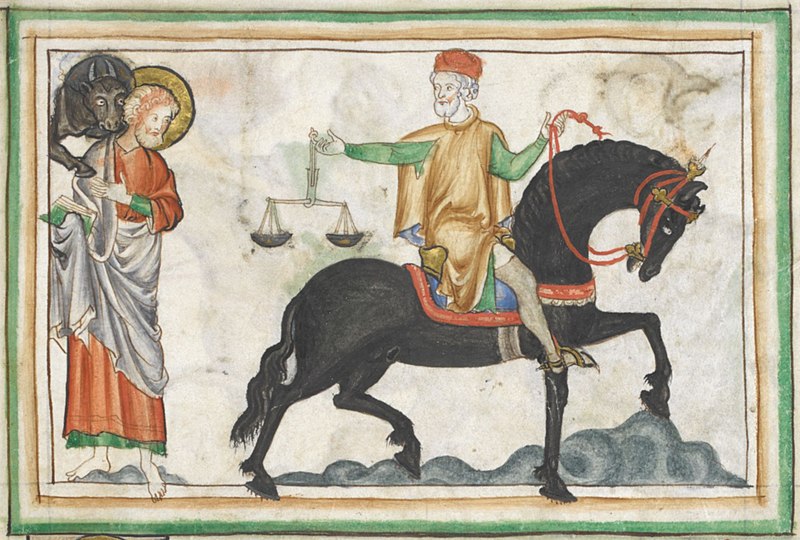
Amblers or Palfrey Horses
These were elegant-looking, mild-mannered horses with a smooth gait. They were highly prized by the upper classes, in particular, because they were lightweight and comfortable for long journeys. They were also used in battle, though, because they could move quickly and easily even on uneven ground. Palfrey horses received special care if they were particularly pretty.
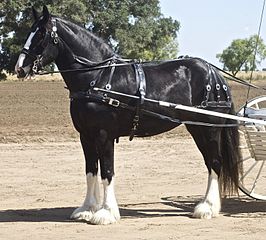
Dray, Draft or Shire Horses
Dray horses were cold-blooded and docile. They were mostly used in commerce for hauling, turning mills, and ploughing. In Northern England, where they originated, they were known as Shire Horses. Some of them measured 18 hands in high and weighed 2000 lbs!
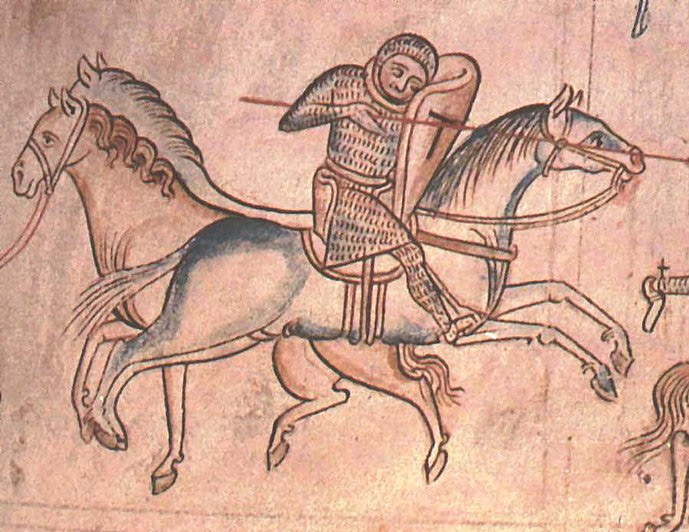
Destriers or Great Horses
Great horses were large (by the day’s standards, about 15.2 hands high) and hot-blooded, bred specially to be fearless in battle. They weighed about 1200 to 1300 pounds, the size of a modern show horse. These horses had to be large and strong in order to carry fully-armored knights – plus their saddle, tack, barding, and weapons. Sometimes, destriers even pulled wagon, participated in tournaments, and… attacked other horses by kicking and biting.
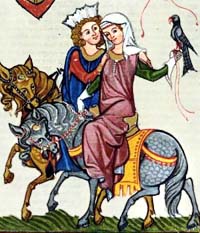
Jennet Horses
These small horses or ponies were bred for walking and were favoured by ladies and pilgrims. Small horses provided a great advantage to the latter: They are less and were easier to care for. Sometimes, Jennets were used as light cavalry horses.
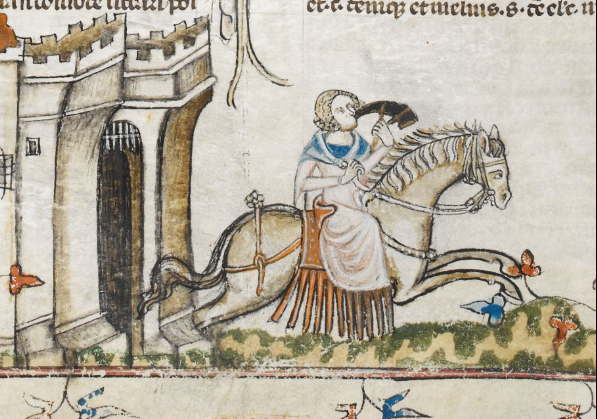
Chargers or Courser Horses
Charger horses were fast-running hot-blooded horses used mainly by medieval messengers and racers.
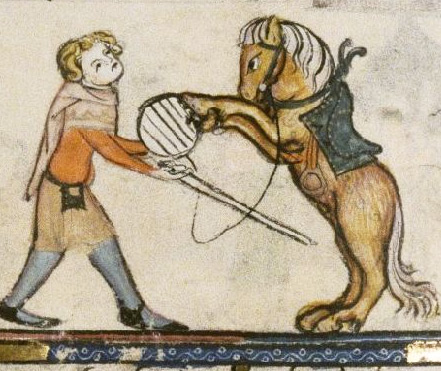
Rouncey Horses
Rounceys were considered all-around service horses, ideal for travellers and squires. Rounceys were usually available for hire, as not everyone could own a horse.
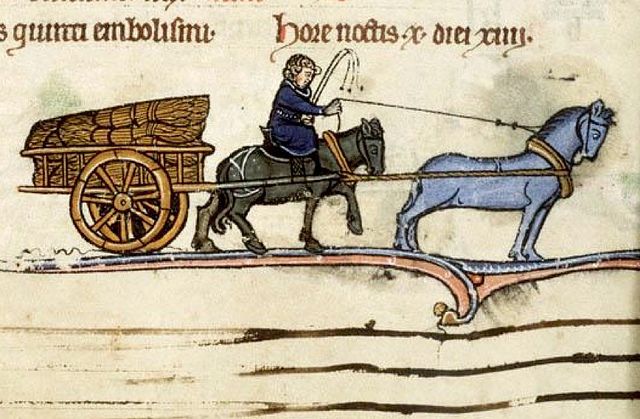
Pack and Cart Horses
The proverbial workhorse! Along with mules and donkeys, Pack and Cart horses were docile and easy to handle. They were perfect for hauling goods in commercial travels.
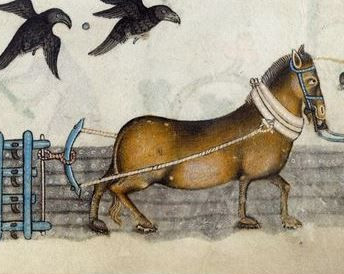
Ponies
Ponies were bred to be small. They were, however, particularly strong and hardy, so they were frequently used to pack coal and ore out of mines. If you see a medieval painting, you can tell if it’s a pony by the feet. Ponies feet hung below the mount’s belly.

